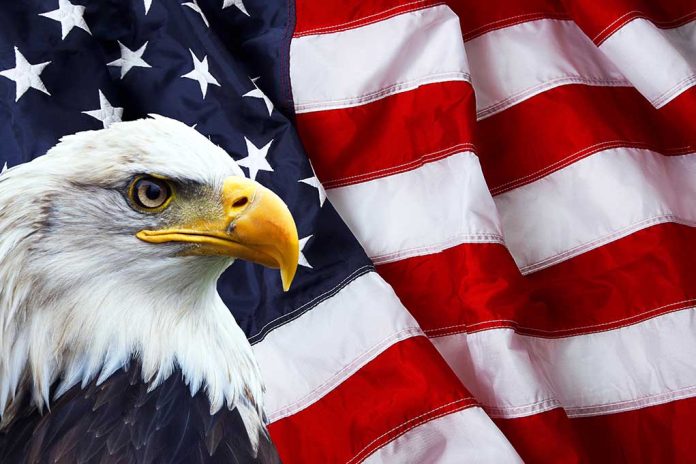
The Stars and Stripes have long been a symbol of American pride and identity. But did you know that many of the American flags waving across the nation were actually made in China? This surprising fact has sparked a legislative movement to bring flag production back home. The story of the All-American Flag Act is not just about patriotism; it’s a tale of economic impact, job creation, and the intricate dance between global trade and national identity. As we unfurl this narrative, you’ll discover how a simple change in flag manufacturing could ripple through the American economy and potentially set a precedent for other industries.
From Foreign to Domestic: The Journey of Old Glory
The All-American Flag Act, introduced by Senators Susan Collins and Sherrod Brown, marks a significant shift in federal procurement policies. Previously, only 50% of materials for federally purchased flags needed to be sourced within the U.S. This new legislation mandates that all American flags bought by federal agencies must be entirely made in the United States. The implications of this change are far-reaching, considering that in 2017, the U.S. imported approximately 10 million American flags, with a staggering 99.5% coming from China.
Economic Ripple Effects
The shift from foreign to domestic flag production is expected to create jobs and support local manufacturers. In 2015, U.S. imports of American flags were valued at $4.4 million, with $4 million coming from China. By redirecting this spending to domestic producers, the Act aims to stimulate local economies and strengthen the American manufacturing sector.
“The American flag serves as a symbol of our identity, resolve, and values as one people. To honor its significance, the federal government should only use flags entirely manufactured in the United States,” said Republican Sen. Susan Collins.
This move could potentially inspire other industries to follow suit, leading to a broader conversation about the importance of domestic manufacturing in an increasingly globalized economy.
Challenges and Considerations
While the Act has garnered bipartisan support, it’s not without potential challenges. The president retains the power to issue waivers if necessary to comply with international trade agreements. This provision highlights the delicate balance between promoting domestic production and maintaining international trade relationships. Additionally, the transition may initially lead to increased costs for flag production, as domestic manufacturers adapt to meet the new demand.
Sources
- American flags should be born in the USA now, too, Congress says
- Congress passes proposal requiring all American flags bought by the feds to be made in the USA
More from Around the Web
More from when the bill passed Congress:
The history of the US flag:
















